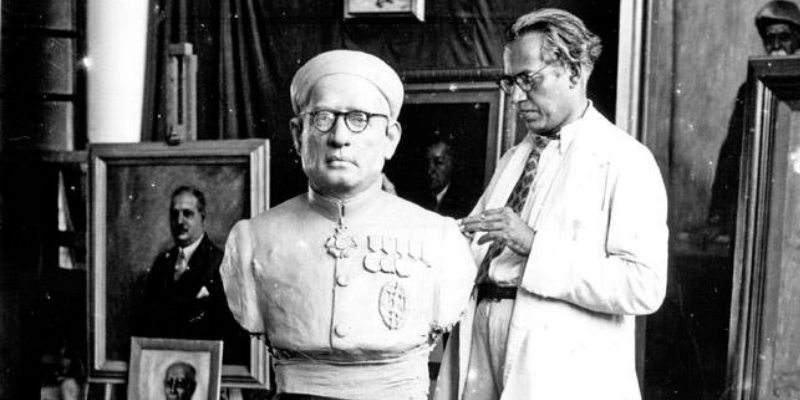22nd August 2023. ON THIS DAY.
On August 22, 1895, in the village of Velim, situated in the Portuguese colony of Goa, an artist was born – Antonio Piedade da Cruz, affectionately known as Cruzo. Little did India know that his life’s journey would encompass both continents and art traditions.
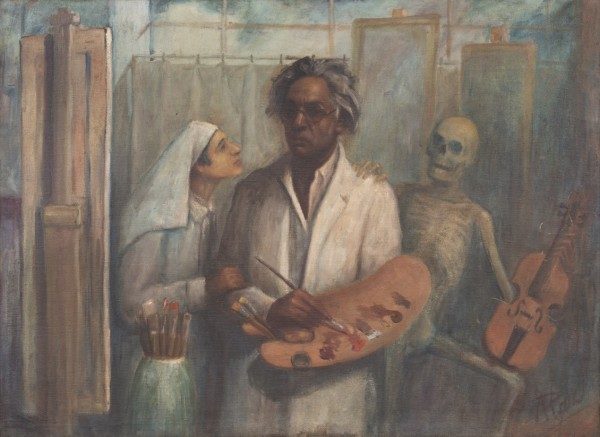
Courtesy: ItsGoa
Early Life and Education
Cruzo created a painting of Dr. Coceiro da Costa, the Portuguese governor of Goa, at a young age, demonstrating his artistic aptitude. Due to his early success, he was able to enrol in Bombay (now Mumbai’s) esteemed Sir Jamsetjee Jeejebhoy School of Art. Between 1917 and 1921, he developed his abilities and passed the government drawing and painting exams under the guidance of renowned artists like Gladstone Solomon and M. V. Dhurandhar.
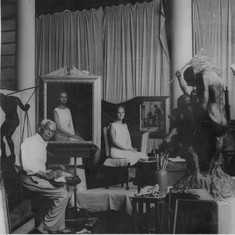
Courtesy: Scroll.in
His path through art school carried him outside the borders of India. Cruzo travelled to Paris in 1921, where he developed his artistic style. In Berlin, at the Academy of Fine Art, he studied under the esteemed instructors Arthur Kampf, Paul Plontke, and Ferdinand Spiegel. His pursuit of perfection brought him there. In this location, he obtained the honorific title of “Meisterschüler” (Master Student) and displayed his artwork all throughout Europe.
Symbolism and Political Expression
Cruzo’s artwork went beyond simple representation and delves deep into symbolism and politics. His art reflected a synthesis of his personal observations of India’s social and political backdrop and the religious iconography from his childhood as a Catholic in Goa. He didn’t hold back when discussing the serious problems of social inequality and poverty. His experience with Mahatma Gandhi served as the turning point in his perspective, spurring him to produce a body of work titled “Historical Episodes in the Life of Mahatma Gandhi.”
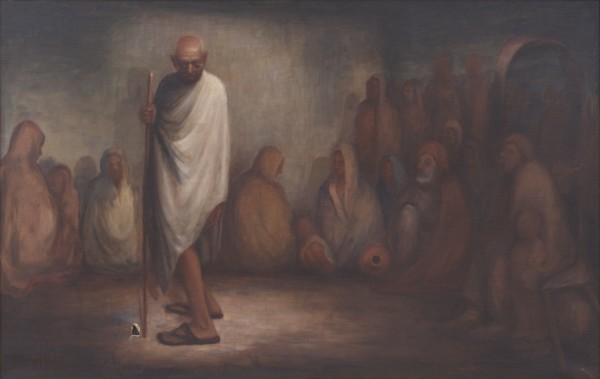
Courtesy: Scroll.in
Worldwide Recognition
The artistry of Cruzo went beyond the canvas. In the 1930s and 1940s, he rose to fame as one of Mumbai’s most sought-after portrait artists, capturing the likenesses of famous people like Lord Brabourne, Lord and Lady Mountbatten, and Field Marshal Sir Chetwode. His studio, which was suitably called “Cruzo Studio,” served as a focal point for conversations about the Goa Liberation Movement.
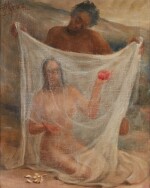
Courtesy: Sothebys
Legacy Rediscovered
Cruzo made a lot of accomplishments, but with time his legacy lost its prominence. But owing to people like curator Ranjit Hoskote, his art enjoyed a revival in the twenty-first century. An important turning point in rekindling interest in Cruzo’s art was the 2016 exhibition “The Quest for Cruzo – A Homage to the Art of Antonio Piedade da Cruz” at the Sunaparanta Centre for the Arts in Goa.
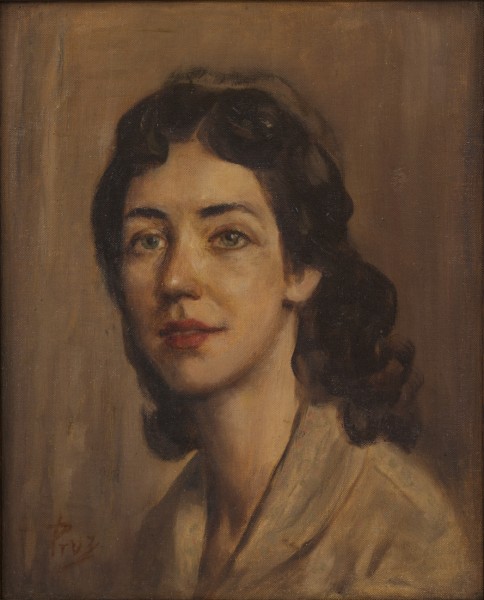
Courtesy: Cruzo Studio
Presently, as a result of Cruzo’s voyage of cultural exploration and artistic development, his work acts as a link between Indian and European art traditions. Antonio Piedade da Cruz is a renowned figure in the art world because of his commitment to portraying the spirit of his era, his research of symbolism, and his capacity to communicate social and political beliefs via art. We commemorate his artistic talent as well as his contribution to the history of India’s artistic legacy as we remember him on his day of birth.
Read Also:

